Traditional windmills represent centuries of human ingenuity in harnessing wind power, their massive stone towers and wooden mechanisms designed to grind grain, pump water, or power sawmills for entire communities. These structures dominated rural landscapes across Europe and colonial America until steam engines and electricity made them obsolete, leaving thousands of abandoned towers scattered across the countryside.
Many of these architectural giants have found new purposes as unique accommodations, their thick stone walls and circular rooms converted into cozy retreats that let visitors experience life inside these engineering marvels. Here is a list of 18 traditional windmills where you can spend the night surrounded by centuries of mechanical history.
De Hoop Windmill, Netherlands
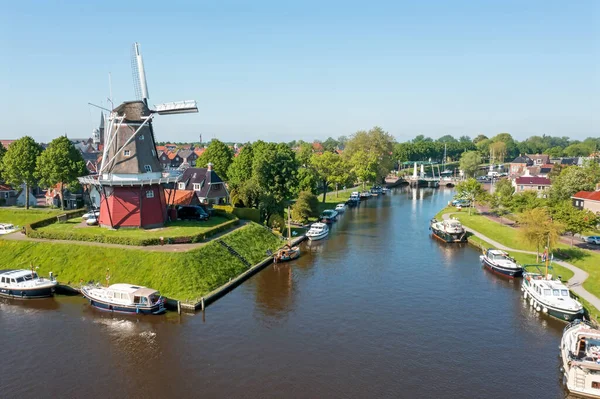
This 18th-century Dutch windmill near Amsterdam maintains its original grinding mechanisms while offering guests accommodation in the miller’s quarters, complete with traditional furnishings and views across the polders where Dutch farmers have reclaimed land from the sea for centuries. The windmill still operates during certain seasons, allowing guests to experience the rhythmic creaking and turning of massive wooden gears that powered Dutch grain production.
Visitors sleep in the same rooms where miller families lived and worked, maintaining the windmill through generations of Dutch agricultural tradition.
Wicken Windmill, England
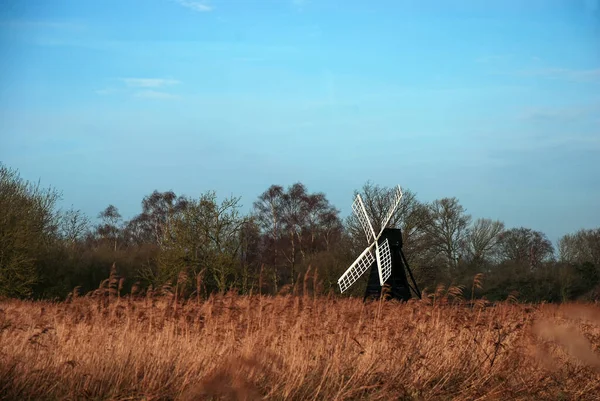
Cambridgeshire’s last working windmill provides accommodation in the miller’s cottage attached to the main tower, where guests can hear the wind catching the sails and turning the massive millstones that still grind flour using techniques unchanged since medieval times. The windmill sits in a fenland that represents centuries of English drainage and agricultural engineering, surrounded by landscapes that remain largely unchanged since windmills dominated rural English skylines.
Modern guests sleep where English millers once lived, waking to views across flat fenlands that stretch to the horizon.
Like Travel Pug’s content? Follow us on MSN.
Moulin de la Croix, France
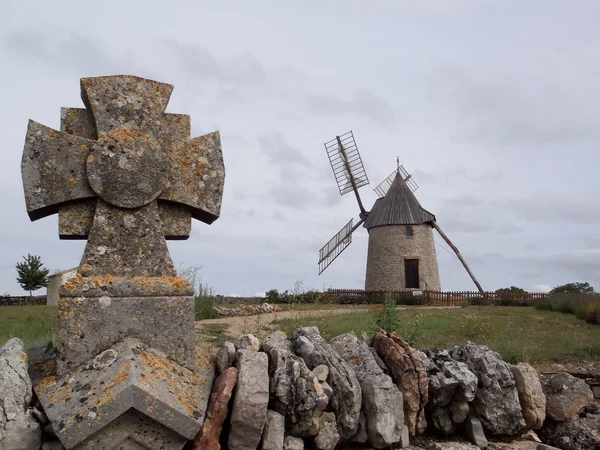
This restored Breton windmill offers romantic accommodation in tower rooms where thick stone walls provide natural insulation and circular windows frame views across Brittany’s windswept coastal landscapes. The windmill retains its original wooden machinery, though it no longer grinds grain for local farmers who once depended on consistent winds from the Atlantic.
Guests experience the sturdy construction that allows these structures to withstand coastal storms while providing essential services to isolated rural communities.
Windmill Hill Lodge, England
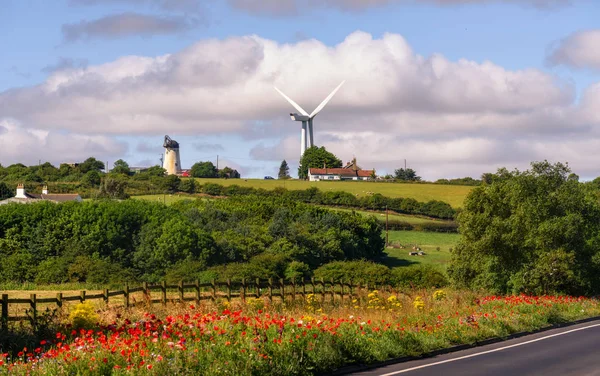
Located in the Cotswolds, this converted tower mill features accommodation spread across multiple floors of the original stone structure, where guests climb spiral staircases that millers used to access different levels of grinding and storage operations. The windmill’s cap and sails have been restored to working condition, creating an authentic environment where the building’s original sounds and movements enhance rather than disturb the accommodation experience.
Visitors slept in rooms where English grain was processed using wind power that connected rural communities to broader agricultural markets.
Mulino di Castello, Italy
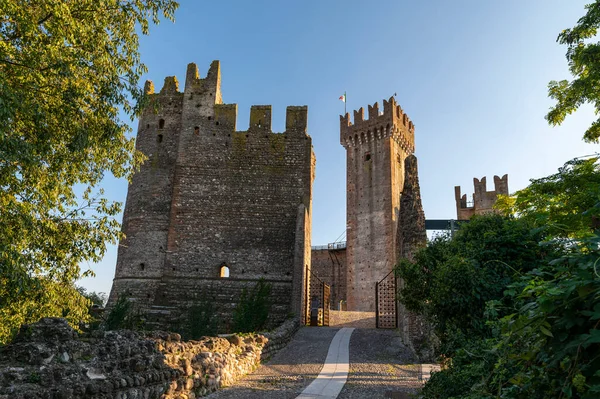
This Tuscan windmill conversion maintains the circular architecture and thick stone construction typical of Italian tower mills, offering accommodation with views across rolling hills where these structures once dotted the landscape like medieval skyscrapers. The windmill’s interior preserves original millstone installations and wooden gear mechanisms, creating unique room layouts that work within the constraints of historic mechanical spaces.
Guests experience Italian rural engineering adapted to Mediterranean winds and agricultural patterns that sustained local communities for centuries.
Like Travel Pug’s content? Follow us on MSN.
Kalø Windmill, Denmark

Denmark’s converted windmill accommodation showcases Scandinavian approaches to preserving historic structures while adapting them for modern use, maintaining the building’s essential character while providing comfortable sleeping arrangements. The windmill sits in landscapes where Danish agricultural communities developed distinctive windmill designs adapted to Baltic Sea wind patterns and local grain processing needs.
Contemporary guests sleep in renovated miller’s quarters while the restored mechanism continues demonstrating traditional Danish wind-powered technology.
Sint-Janshuismolen, Belgium
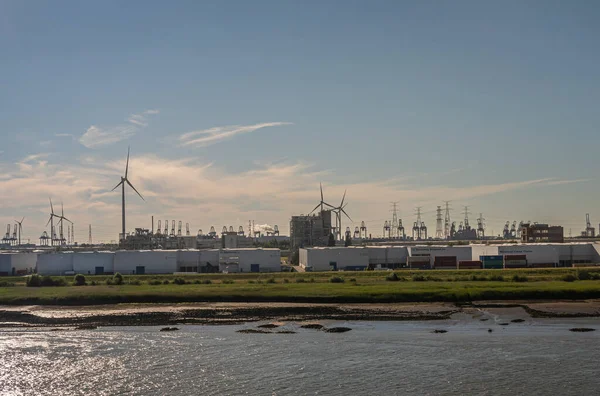
This Flemish windmill conversion in Bruges provides accommodation within walking distance of the medieval city center, allowing guests to experience both urban historic preservation and rural windmill technology in the same visit. The windmill maintains working conditions and continues producing flour using traditional methods, creating an active historic environment rather than a static accommodation experience.
Visitors sleep in the miller’s quarters that represent centuries of Flemish agricultural tradition and mechanical innovation.
Holgate Windmill, England

York’s only surviving windmill offers accommodation in the miller’s house attached to the main tower, where guests can tour the working mill machinery and understand the complex engineering that converts wind power into grain processing capability. The windmill operates regularly during summer months, providing guests with authentic experiences of mill sounds, movements, and the relationship between wind conditions and mechanical operation.
Modern visitors sleep where Yorkshire millers lived while serving farming communities that depended on reliable grain processing.
Like Travel Pug’s content? Follow us on MSN.
Moulin de Daudet, France
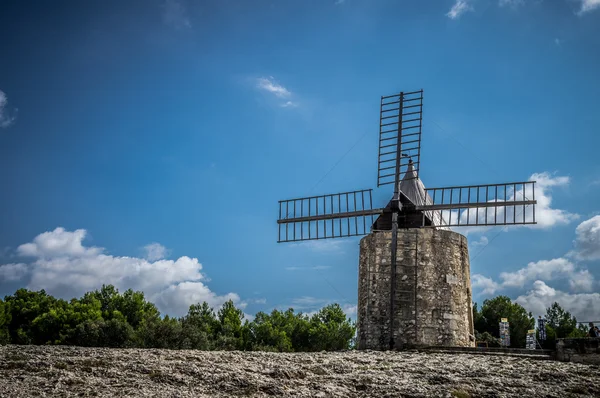
This Provence windmill, famous for inspiring Alphonse Daudet’s letters, offers accommodation that combines literary history with authentic windmill architecture and restored mechanical systems. The windmill maintains its original stone construction and wooden machinery, creating rooms where thick walls provide natural climate control in the Mediterranean heat.
Guests sleep in spaces that connect French rural literature to actual windmill operations, experiencing both cultural and mechanical heritage.
Cley Windmill, England
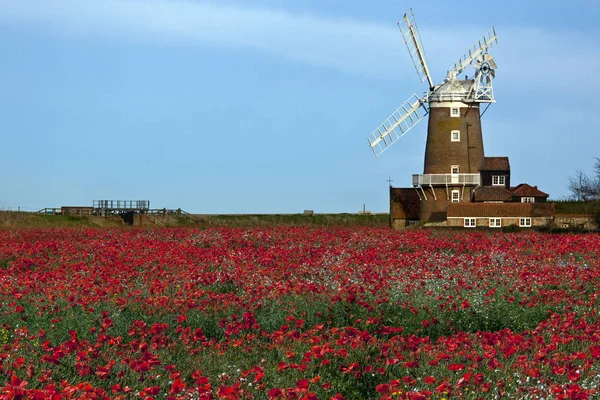
Norfolk’s converted tower mill provides luxury accommodation in one of England’s most photographed windmills, maintaining the circular room layouts and stone construction that characterize English coastal wind power installations. The windmill’s location near the North Sea provides authentic wind conditions that demonstrate why this site was chosen for grain processing, though modern comfort systems ensure guest satisfaction regardless of weather.
Visitors experience the sturdy construction necessary for structures that had to withstand North Sea storms while maintaining precise mechanical operations.
Krapperup Windmill, Sweden
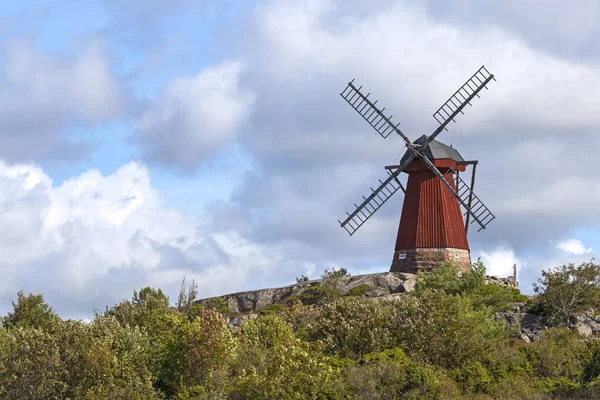
This Swedish windmill conversion maintains Scandinavian building traditions while providing modern accommodation in a structure that served local farming communities through centuries of harsh northern European winters. The windmill preserves original timber construction and mechanical systems, demonstrating Swedish approaches to wind power that adapted to Nordic climate conditions and agricultural patterns.
Contemporary guests sleep in renovated Miller’s quarters while experiencing the engineering solutions that made windmill operations viable in extreme weather conditions.
Like Travel Pug’s content? Follow us on MSN.
Windmill Cottage, Wales
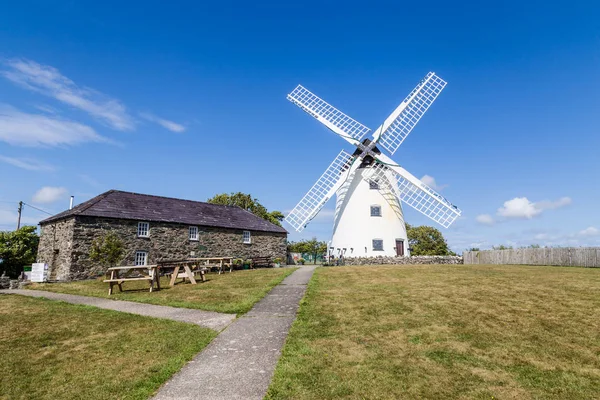
Located in Anglesey, this Welsh windmill conversion provides accommodation in a structure that represents Celtic approaches to wind power technology, adapted to coastal conditions and local agricultural needs that differed from English and continental European patterns. The windmill maintains traditional Welsh stone construction while offering modern amenities that work within the constraints of historic circular architecture.
Guests experience windmill accommodation in landscapes where Welsh farming communities developed distinctive approaches to wind-powered grain processing.
De Adriaan, Netherlands
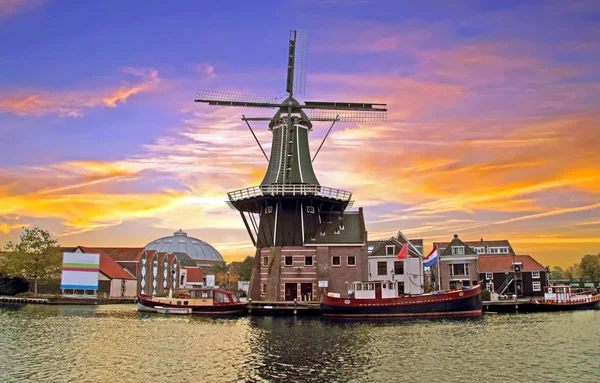
This Haarlem windmill provides accommodation experiences that showcase Dutch windmill technology at its most sophisticated, featuring complex gear systems and mechanical innovations that made Dutch mills the most advanced in medieval Europe. The windmill continues operating as a working mill while offering guests opportunities to sleep in the miller’s quarters and participate in traditional flour production processes.
Visitors experience living in Dutch industrial heritage, where windmill operations continue serving contemporary communities.
Chesterton Windmill, England
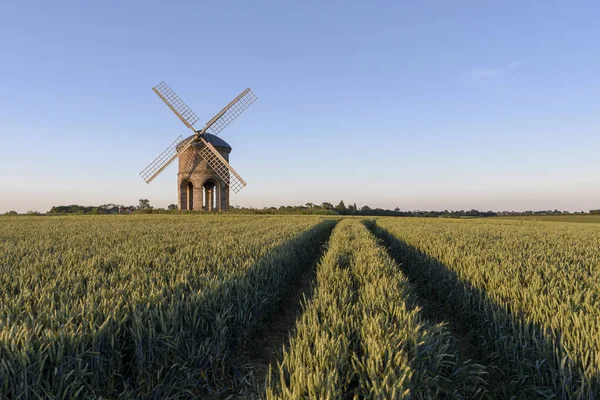
Warwickshire’s unusual stone windmill offers accommodation in a structure that represents experimental English approaches to wind power, featuring arched stone construction rather than the traditional timber framework typical of most English mills. The windmill’s distinctive architecture creates unique accommodation spaces that showcase regional variations in windmill design and construction techniques.
Guests sleep in renovated spaces within a building that demonstrates how local materials and engineering traditions influenced windmill development.
Like Travel Pug’s content? Follow us on MSN.
Moulin de Bel Air, France
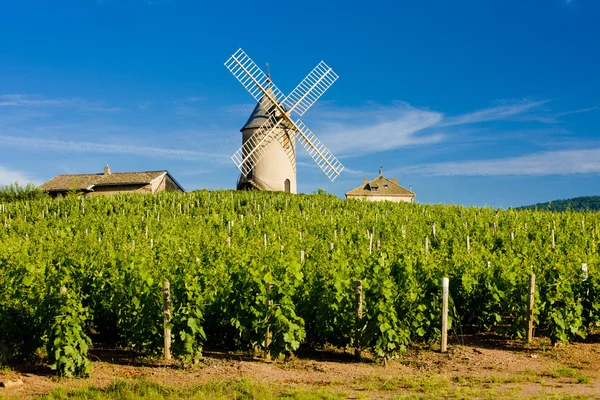
This Loire Valley windmill conversion maintains French provincial architecture while providing accommodation that showcases regional approaches to wind power adapted to river valley wind patterns and local agricultural requirements. The windmill preserves original stone construction and wooden mechanical systems, creating authentic environments where French milling traditions continue influencing accommodation design.
Modern guests experience renovated miller’s quarters in landscapes where windmills served French rural communities for centuries.
Skerries Mills, Ireland
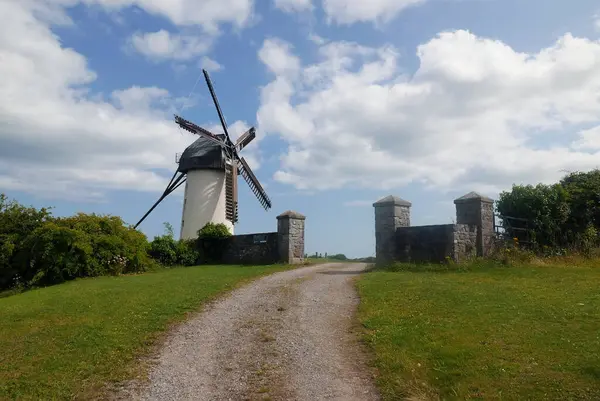
These Irish windmills provide accommodation that represents Celtic approaches to wind power technology, featuring stone construction techniques and mechanical innovations adapted to Irish coastal wind conditions and local grain processing needs. The mills maintain working conditions while offering guests opportunities to participate in traditional Irish flour production and understand the role windmills play in Irish agricultural communities.
Visitors sleep in miller’s quarters that connect them to Irish rural traditions and mechanical heritage.
Windmill de Valk, Netherlands
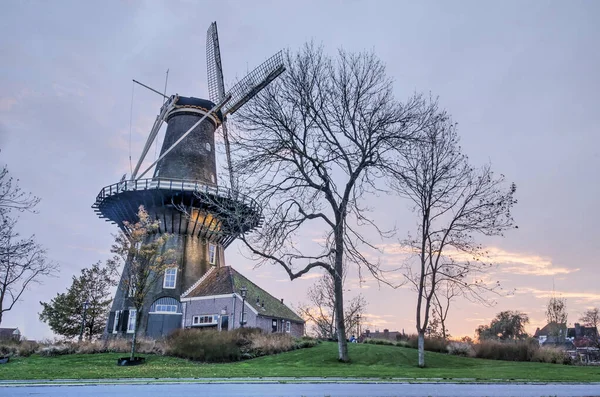
This Leiden windmill offers accommodation experiences in a fully restored Dutch tower mill that continues operating while providing guests with authentic miller’s quarters and opportunities to observe traditional Dutch milling operations. The windmill showcases advanced Dutch mechanical engineering, including innovative gear systems and wind-responsive technology that made Dutch mills exceptionally efficient.
Contemporary guests sleep in spaces where Dutch miller families lived while operating some of Europe’s most sophisticated wind-powered machinery.
Like Travel Pug’s content? Follow us on MSN.
Bembridge Windmill, England
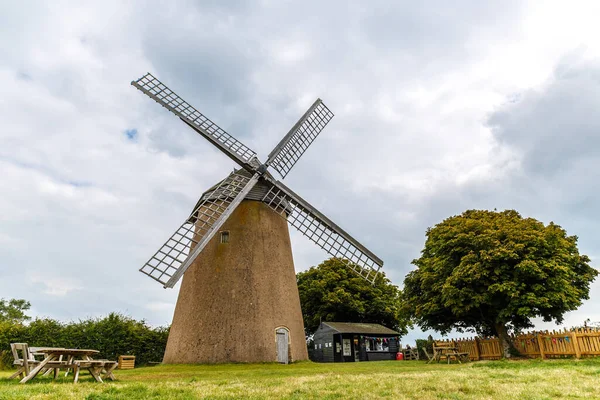
The Isle of Wight’s only surviving windmill provides accommodation in England’s last complete windmill, featuring original wooden machinery and millstones that continue demonstrating traditional English grain processing techniques. The windmill’s island location showcases how isolated communities adapted windmill technology to serve small populations while maintaining mechanical systems that required specialized knowledge and maintenance skills.
Guests experience accommodation in a windmill that represents the end of England’s windmill era, preserved as both working technology and unique lodging.
Circular Rooms and Ancient Winds

Sleeping in traditional windmills connects guests to centuries of human ingenuity in harnessing natural power, offering accommodation experiences that combine historic preservation with authentic mechanical heritage. These conversions prove that industrial archaeology can serve contemporary tourism while maintaining the essential character and function that made these structures vital to rural communities.
The circular rooms, thick stone walls, and persistent sounds of wind and wooden machinery create accommodation experiences that no modern hotel can replicate, preserving both architectural heritage and the ancient relationship between human communities and the wind that powered their essential industries.
More from Travel Pug

- 20 Best Beach Towns in the Carolinas
- 13 Destinations Where Tourists Regularly Regret Their Trip
- 20 Destinations That Are More Magical Without an Itinerary
- 20 Underrated Adventures That Belong on Your Travel List
- 20 Cities Where You Should Just Wing It, No Planning Required
Like Travel Pug’s content? Follow us on MSN.w us on MSN.N.
